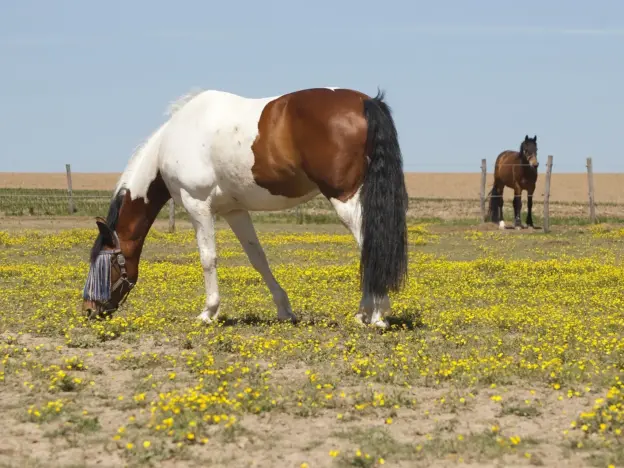Intro
Vanner horses are the product of a variety of draft, horse and pony breed crosses. Known for their handsome spots and flashy movement.
Read more

Vanner horses are the product of a variety of draft, horse and pony breed crosses. Known for their handsome spots and flashy movement.
Read more

The Paint Horse originated in the United States as a performance type color breed and are often bred exclusively for their spotted pattern.
Read more

Not an official breed, the Whitmire Horse is a strain of Cherokee Horse and part of the Spanish Colonial Horse family.
Read more

Not an official breed, the Tagaytay Horse is a strain of Baguio Horse which is bred specifically in Tagaytay, from which it takes its name.
Read more

There are many different strains of American Mustang, all of them originally imported Colonial Iberian types. The Pryor Mountain herd is notable for being particularly pure genetically.
Read more

Miquelon Horses are not an official breed and are genetically similar to (or a feral strain of) the Canadian Horse. They come from a widely varied foundation.
Read more

While the Halla Horse is very much a South Korean breed (they are named for the Hallasan Volcano on Jeju Island) they are also commonly found in Indonesia.
Read more

The Cuban Pie horse is not an official breed and is perhaps considered a strain of the Cuban Pinto. This type has very specific base coat coloring.
Read more

Now called Morocco Spotted Horse, the North American Spotted Draft Horse comes from one spotted mystery stallion and his son named Charlie.
Read more

The Clydesdale is a heavy draft breed native to Scotland. At some point they made their way across the ocean and American breeders took notice of their handsome conformation and robust nature.
Read more